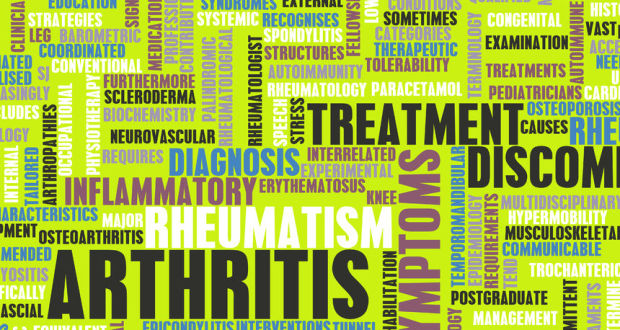Arthritis is frequently associated with eroding bone cartilage between joints. While osteoarthritis is the most common form of this condition, numerous American adults struggle daily with rheumatoid arthritis (RA). A type of autoimmune disease, rheumatoid arthritis occurs when the body’s immune system attacks the lining of the joints, resulting in painful swelling and possibly leading to joint deformity. To make matters worse, research has found that obesity could make women more susceptible to developing this disease.
Two Simultaneous Trends
Authored by the prestigious Mayo Clinic, this report analyzed medical records that had been previously collected by the Rochester Epidemiology Project, a collaborative effort between several Minnesota-based health care providers. Using this source, the Mayo team was able to analyze a total of 1626 subjects. Exactly half of this group (813 people) had been diagnosed with rheumatoid arthritis, while the other half did not have this disorder. Approximately two-thirds (68%) of the subjects were female, and nearly one-third (30%) were obese.
The researchers determined rheumatoid arthritis had not only become more prevalent in recent years, but that obesity was a major factor behind this trend. From 1985 to 2007, the incidence of RA in adult women rose from 46.6 to 55.8 per 100,000 population. Furthermore, the study concluded that 52% of this increase could be directly attributed to obesity. In May 2012, the report was published online in the journal Arthritis Care & Research.
The Role of Inflammation
In order to explain the apparent association between obesity and rheumatoid arthritis, the Mayo team suggested these two conditions could be linked by inflammation. Rheumatoid arthritis is an inflammatory disease, and other studies have established a connection between inflammation and obesity. For some patients, RA-induced inflammation may have the double impact of corroding lean body mass while simultaneously increasing other body fats. Moreover, the presence of extraneous fat around joints may exacerbate existing cases of arthritis.
Both obesity and rheumatoid arthritis affect large numbers of people, though the former is much more commonplace than the latter. An estimated 10 percent of the US population qualified as obese in 1980. This figure would more than triple by 2007, when roughly 36 percent of American adults fell into this category. In contrast, the total number of Americans with rheumatoid arthritis has actually declined since 1990, from 2.1 million to 1.5 million. Despite this drop in RA cases, doctors have still yet to determine what exactly causes this malady, and a cure remains elusive.
Taking a More Detailed Look
Two years after the Mayo study, researchers from Brigham & Women’s Hospital, Harvard School of Public Health and Harvard Medical School examined this very topic. Like the Mayo Clinic research team, the Brigham/Harvard group also relied on earlier research for their study, though their source provided a much larger amount of information.
This particular report used data from the Nurses’ Health Study and Nurses’ Health Study II. Combined, the two Nurses’ studies featured health-related data from more than 218,000 female nurses. Out of this pool of subjects, a total of 1,181 women were diagnosed with rheumatoid arthritis.
As with the 2012 Mayo study, the Brigham/Harvard team found an association between obesity and RA risk among women. Specifically, an obese eighteen year old nurse had a 35 percent higher risk of developing RA than a non-obese nurse at the same age. Additionally, the researchers found that being obese for an extended period of time also put the subjects at greater risk of RA. A nurse who had been obese for a decade or longer increased her likelihood of developing this condition by 37 percent.
In describing their findings, the authors stressed that the possible RA-obesity connection was largely influenced by the age of the nurses. While writing that there “was a trend toward increased risk of all RA among overweight and obese women,” the authors also noted that “this association appeared stronger” for nurses younger than the age of fifty-five. This research was published online by the journal BMJ on July 23, 2014.
 Natural Knowledge 24/7 Educate yourself with nutrition, health and fitness knowledge.
Natural Knowledge 24/7 Educate yourself with nutrition, health and fitness knowledge.






